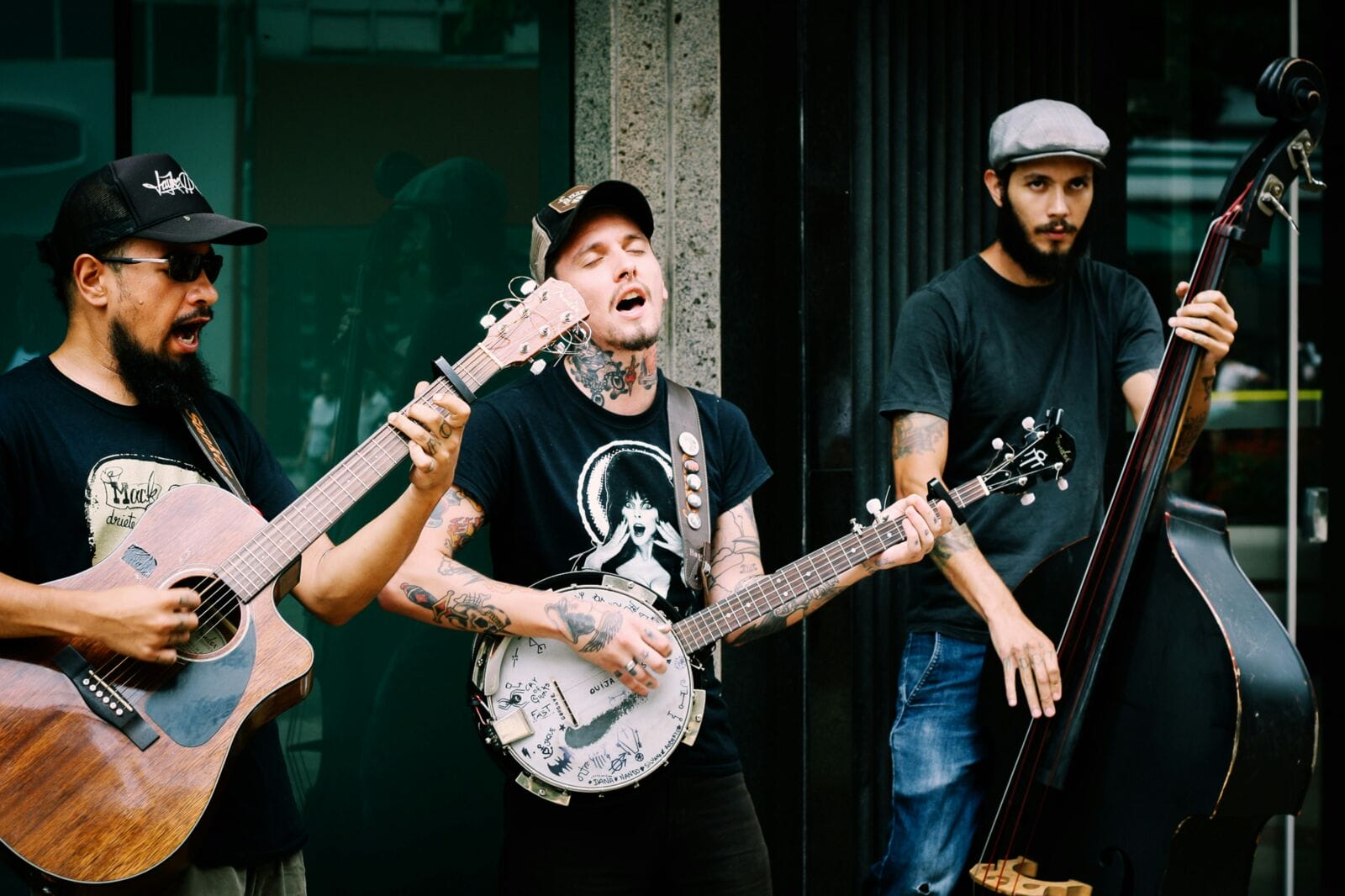Mistake #1: Neglecting proper hand position
It might feel natural to hold the banjo any way that’s comfortable, but sometimes poor hand positioning leads to bad habits that are hard to break later. Many beginners grip the neck too tightly or position their picking hand too far from the strings.
Keeping the wrists straight and relaxed, your body upright, and move your elbows and the instrument around in your lap until you feel comfortable with the banjo.
DEEPER DIVE: 20 emerging business categories gaining traction in Arizona
Mistake #2: Avoiding music theory
Many new players dive into learning songs without understanding the musical foundations behind them. Focus on understanding basic chord construction and scales. You could start by learning how G, C, and D chords relate to each other – these are the I, IV, and V chords in G major, a common banjo key.
There are some great online resources on time signatures, measures, and bars, and how to read banjo tablature. Spending a little time with these fundamentals will make everything you learn on the instrument feel more connected and a lot less mysterious.
Music theory can sound intimidating at first, but on the banjo, it often feels hands-on: visual patterns on the fretboard can make concepts click more quickly than you might expect.
Mistake #3: Ignoring timing and rhythm
It’s easy to focus on just hitting the right notes, but in bluegrass, old-time, or any banjo style, timing is everything. A beginner can learn a tune note for note, but still sound “off” if they’ve not got a strong sense of rhythm.
Start playing slowly with a metronome. Play simple rolls or chord changes in time, even if it means playing at half or quarter speed. As you improve, gradually increase the tempo. Internalizing a steady beat early on will make complex songs and jam sessions more manageable and enjoyable later.
Mistake #4: Skipping slow practice
It might be tempting to try and match a pro player’s blazing-fast speed right away. But many polished players spent years building their technique slowly and carefully.
Rushing through songs can mean sloppy timing and missed notes. Try to practice slowly enough so that each note is precise and clean. Pay attention to tone and muscle relaxation. Be patient and gradually increase the speed – your playing will sound much better for it.
Mistake #5: Overlooking tuning and setup
Tuning is critical. A poorly tuned banjo can discourage any player, no matter how excited you are to learn a favourite song. Fretboard and bridge setup is similarly important – if your strings are too high off the fretboard, or the bridge is out of place, playing becomes unnecessarily hard, and your sound suffers.
Before each practice session, take a moment to check your tuning. If your banjo doesn’t feel right, it might need a professional to take a quick look. Having the bridge positioned correctly, the head tensioned properly, and the action adjusted can make the instrument much easier to play.
Good sound helps you stay motivated. When your banjo responds well and sounds great, you’re more likely to practice consistently – and enjoy it!




